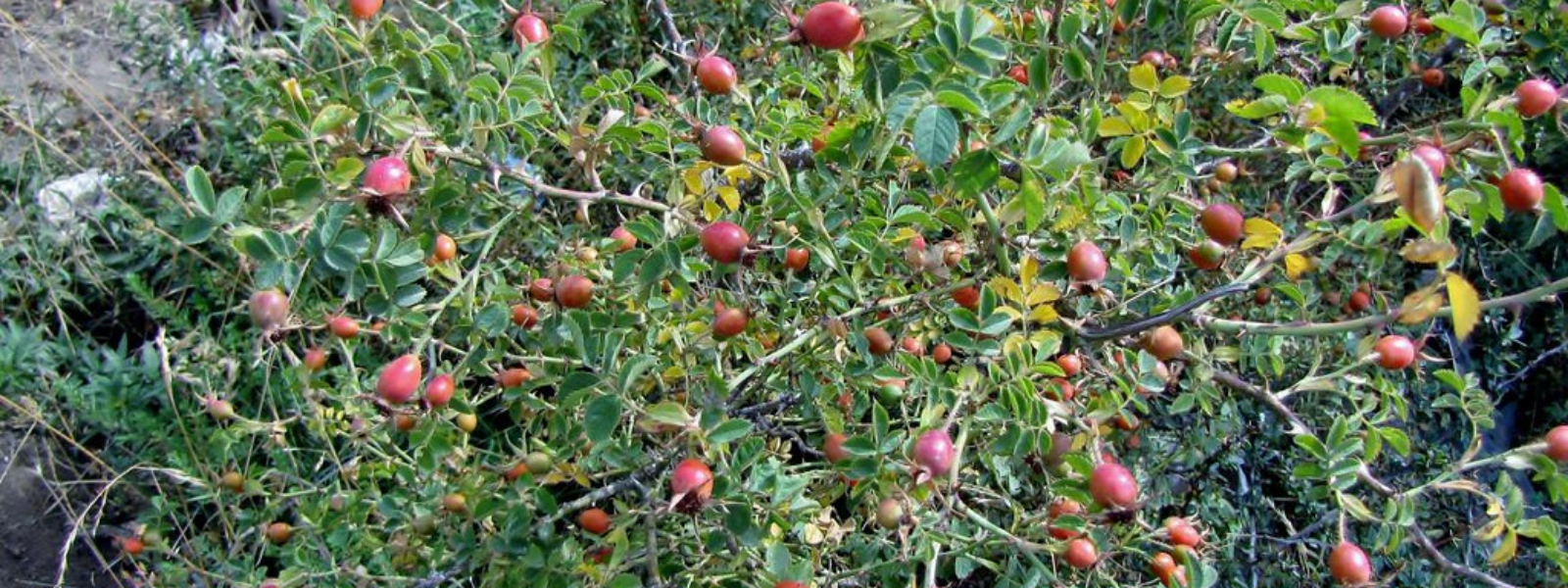
Common Name
Sweet briar, Briar rose, Scotch Briar, Wild rose
Scientific Name
Rosa rubiginosa
Family
Rosaceae
Lifecycle
Perennial
Seasons of Growth
Year-round
Key Distinguishing Feature
Shrub with fragrant pink flowers and distinctive hips
Growth Form: Sweet Briar is a thorny shrub that can reach heights of 1.5 to 2.5 meters (5 to 8 feet). It forms dense thickets.
Leaves: The leaves are pinnately compound, with each leaf consisting of several oval to elliptical leaflets. They are typically dark green.
Flowers: The flowers are pink to light pink in colour and have a five-petal structure characteristic of roses. They are typically fragrant and borne singly or in small clusters.
Thorns: Sweet Briar is armed with sharp, curved thorns along its stems.
Fruit: The plant produces small, round to oval rose hips that are typically red or orange-red when ripe.
Ecological Impact:
- Sweet Briar is considered invasive in some regions where it has naturalized outside its native range, such as parts of Australia and New Zealand. It can form dense thickets and outcompete native vegetation.
- It has the potential to alter natural ecosystems and reduce plant diversity.
Control Methods:
- Control of invasive Sweet Briar often involves mechanical and chemical methods.
- Mechanical methods may include cutting or mowing to reduce the plant's biomass.
- Herbicides may be used for control, but care must be taken to use them safely and effectively, following local regulations.
- Preventing the spread of Sweet Briar through the dispersal of rose hips or contaminated soil is important.
Sweet Briar is a challenging invasive shrub that requires active management to prevent its spread and protect native ecosystems. Local environmental agencies often provide guidance on the best control practices for this invasive species.




